Announcements
Drinks

Scope Ratings publishes final rating methodology for European pharmaceutical corporates
Scope Ratings has today published its final rating methodology for European pharmaceutical corporates, with no changes compared to the proposed methodology published on 26 November 2015. This follows the ‘call for comments’ period from 26 November 2015 to 30 December 2015, during which no comments were received from external market participants.
This methodology supplements Scope’s Corporate Rating Methodology, updated on 11 November 2015. It applies to companies that generate the majority of their total revenues and funds from operations (FFO) from the sale of pharmaceutical products. This includes large-, medium- and small-sized corporations that engage in the research and development (R&D) of innovative medicines – ‘innovative’ pharmaceutical companies – as well as the ‘generic’ companies, which develop and commercialise off-patent products.
“The protection of the innovative pharma segment, afforded by long-ranging patents and a demographically supported business with little GDP-related cyclicality, lends itself to enable a sizable innovative pharma company to achieve ratings in the high-investment grade categories. Generic companies, on the other hand, are more likely to receive sub-investment grade ratings, reflecting a much less protected and short-term business model, which generates significantly lower operating margins compared to the industry’s innovative arm,” says Olaf Toelke, industry expert of Scope’s corporate rating team.
For an innovative pharma company to be rated investment grade according to Scope’s methodology, we typically expect: strong R&D capabilities; a valuable and well-balanced product pipeline; a positive balance from the effects of future patent expiries and new drug approvals; and broad product and geographical diversification. The cash flows of investment grade companies tend to be highly predictable and less volatile than the economic cycle, due to increasing revenue trends and a positive pricing element. These companies benefit from stable profitability and strong financial measures. In contrast: small size, a weak pipeline, significant exposure to patent expiry, and weak geographical and product diversification can indicate a non-investment grade rating. The cash flows of non-investment grade companies tend to be less predictable, more volatile, and often experience a long-term contraction of business. Furthermore, these companies often have volatile profitability and weaker financial measures.
For a generic company to be rated investment grade according to Scope’s methodology, we expect: a well-balanced geographical (preferably global) position, including efficient production and distribution platforms; a positive ‘first to file’ track record; good product and treatment-area diversification; meaningful market shares in main territories; and, ideally, good specialist manufacturing capabilities. Non-investment grade ratings reflect a lack of the above, but are foremost driven by comparatively low geographical and product diversification, and insignificant market shares in main territories.
The ‘Rating Methodology – European Pharmaceutical Corporates’ is available on www.scoperatings.com or by clicking on the link.






